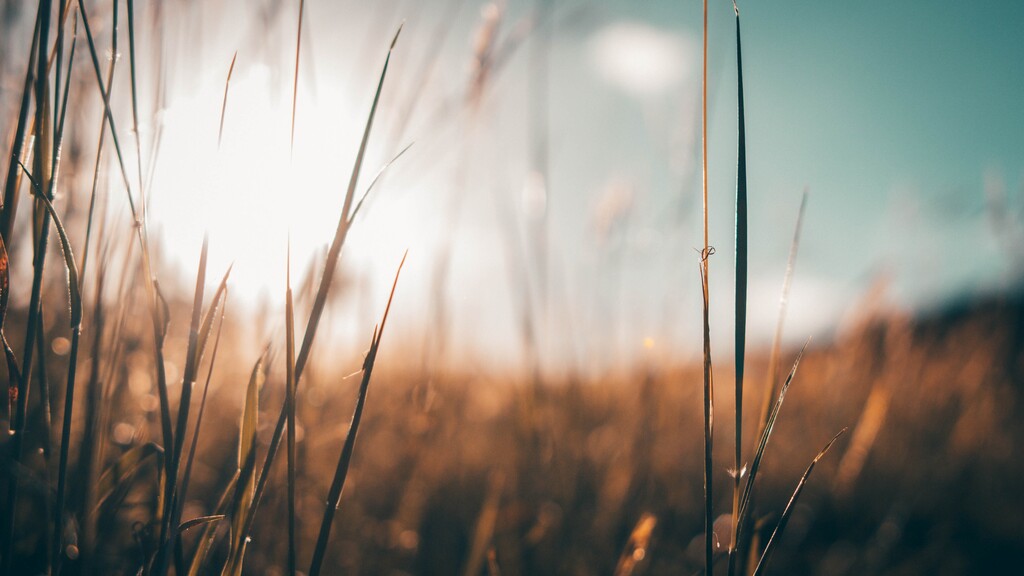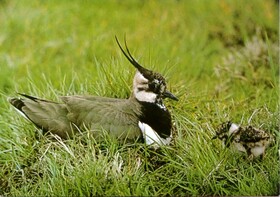

The Kiebitzwiese is secured! Within only three months so many donations were collected that the entire 9,770 m² of wet meadow could be secured for the lapwing. This was also urgently necessary, as the lapwing population in Hesse has fallen by 95%, as its typical habitat of wet meadows with flood troughs has become increasingly rare in our region. Thanks to the donations Naturefund, together with HGON, was able to buy this wetland meadow in the Kinzig valley, which is now being transformed back into a lapwing biotope.


The Lapwing habitat that is to be protected is located in the Main-Kinzig area, in the middle of the flood plains of the Kinzig river and is surrounded by wet meadows. One of the last known Lapwing breeding places of South Hesse can be found in close proximity. The meadow that we would like to buy borders the existing biotope, and would increase the habitat for the Lapwing and for many other species to a total of 3 hectares.
The area that will be purchased covers 9,770 square metres.
The Lapwing, with 2 to 4 breeding pairs each year The White Stork, which since 2004 has nested regularly on the nesting platform. Other animal species to be found are the Red Kite, Black Kite, European tree frog and certain types of green frog.
Marsh Ragwort, Sanguisorba and meadow-specific plant communities.
The Lapwing area covers almost 1 hectare and lies in a spacious, semi-open to open meadow landscape and features a large flood channel. Due to this flood channel there are temporary wells and flood hollows, which fill up at times of high water and provide optimal living conditions for all meadow-breeders, such as the Lapwing. The Kinzig river and the smaller Hasselbach river traverse the area. The meadow is only partially covered in trees and bushes, which mainly line the banks of the Kinzig river. At present the area is predominantly managed as a grassland.
In the beginning, agricultural use by small-holders and extensive cultivation of the land enabled the wide proliferation of meadow birds in Hesse. This could be observed up until half-way through the last century. Since the 1970s, the number of meadow birds has been decreasing. There are a number of reasons for this: a steady intensification of agriculture with stronger fertilisers, early mowing and the rigorous draining of meadows. As the only meadow-breeding bird species, the Lapwing shunned neighbouring farmland for its breeding ground, whilst other meadow birds have almost totally disappeared. However for the Lapwing this has the disadvantage that modern agriculture with its big machines, destroys many egg nests and young birds. The Lapwing population continues to decrease.
The Hessische Gesellschaft für Ornithologie und Naturschutz e. V. (HGON) is Naturefund's partner in this project and will be the future owner of the area. The local Main-Kinzig branch of HGON will manage the Lapwing habitat in the long-term.
The goal is to offer a habitat to the Lapwing and other meadow-breeding bird species in which they can feed during the resting time and bring up their young undisturbed in the breeding season from March to April. In the future the cultvation of the grassland area should be carried out without the use of fertilisers and it should be cut once or a maximum of twice per year, from June onwards. Additional flood hollows should also help to improve the food situation for meadow birds, as well as for the Stork.
Start: February 2010
End: May 2010
The area for the protection of the pewit lies in the area around the Main and the Kinzig and is surrounded by wet meadows.In the immediate neighbourhood is one of the last known breeding areas of the pewit in southern Hesse.
A few years ago, the HGON successfully recultivated an area as a compensatory measure for the freeway A45/A66 as a pewit biotope.The wet meadow, which Naturefund was able to buy thanks to numerous donations, is directly adjacent to the existing biotope and extends the habitat for the pewit and for many other species to 3.5 hectares.
9.770 m²
The HGON is the partner of this project and became the owner of the area.They will look after the biotope in the long-term.
Read here what others have written about the project.
Sorry, there is no comment for this project yet. Write the first one!